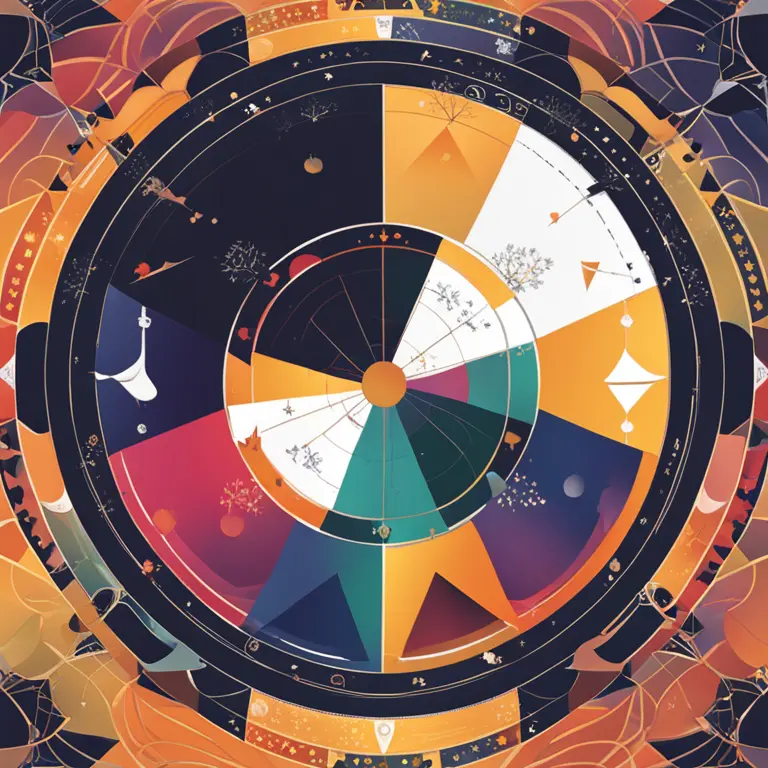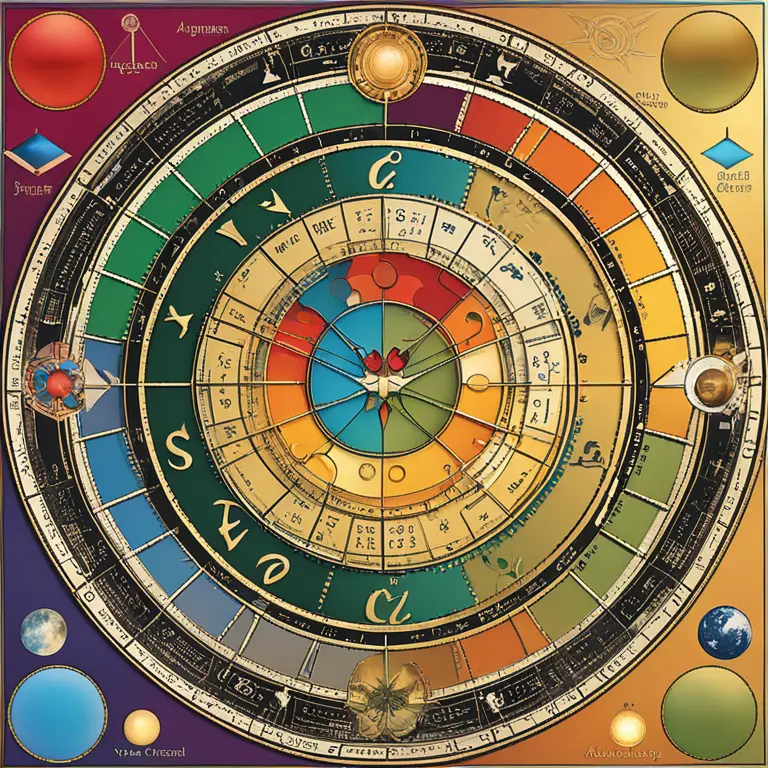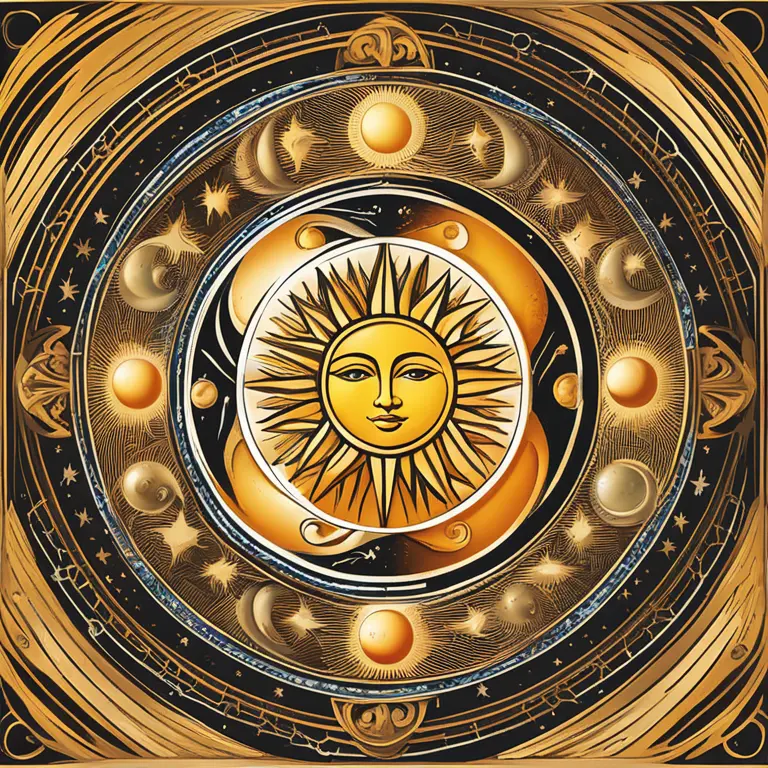
The Cosmic Dance: Synastry and Birth Charts Interpreted
Delve into the intimate cosmic connections revealed through birth chart synastry, the astrological art of relationship analysis.
article by Priya Deshmukh
Introduction to Synastry
Synastry, derived from the Greek words ‘syn’ meaning together and ‘astēr’ meaning star, is an illuminating astrological technique used to assess the relationship dynamics between two individuals. It involves the meticulous overlaying of one person’s birth chart onto another’s, creating a composite map that astrologers interpret to glean insights about compatibility, shared life goals, and potential challenges. This ancient practice has been modernized to incorporate contemporary astrological findings, making it an ever-evolving art that resonates with the complex relationships of the present day.

Birth Charts: A Celestial Blueprint
Each birth chart is a snapshot of the heavens at the moment of one's birth, encapsulating the positions of the sun, moon, planets, and important angles. These celestial coordinates are charted on the ecliptic and offer a personalized astrological profile. Modern astrologers focus on psychological attributes, using these cosmic positions to understand one’s character, tendencies, and life themes. This personalized celestial blueprint is the foundation upon which synastry is built.

Analyzing Interpersonal Dynamics
Astrologers approach synastry through a systematic examination of planetary placements and aspects, the angular relationships between planets in different charts. Intriguingly, these aspects – such as conjunctions, squares, and trines – not only influence personal growth but also how individuals interact with one another. The positioning of Venus may reveal how love is expressed, while Mars pinpoints assertiveness and conflict resolution styles. The Moon's placement, governing emotions, can indicate emotional compatibility or discord.

The Role of the Sun and Moon
In the realm of synastry, the Sun and Moon hold substantial significance - symbolizing core identity and innermost needs, respectively. The Sun interplays reveal how two individuals recognize and support one another’s ego and identity. Meanwhile, the Moon's influence exposes the deep emotional undercurrents and nurturing exchange between partners. Harmony between these luminaries in synastry suggests a foundational compatibility that can weather life's storms.
Ascendants and Life Paths
The Ascendant, or rising sign, marks the start of the individual's first house of self and is pivotal in synastry. Often, the Ascendant gives clues to social compatibility and mutual understanding of each other's approach to life. When Ascendants are harmonious, it can indicate a similar outlook on life's journey, meaningful shared experiences, and mutual appreciation - a ballet of balance facilitated by the stars.
The Importance of Outer Planets
While inner planets reflect daily life and personal characteristics, the slower-moving outer planets like Uranus, Neptune, and Pluto symbolize generational qualities and deeper, transformational forces in one's life. In synastry, these planets offer insights into the growth potential and underlying spiritual and unconscious currents of the relationship. Their placement and aspects indicate where inevitable change will meet stability, fostering long-term personal evolution within the partnership dynamics.
Challenges and Growth Opportunities
Astrological compatibility isn't solely about ease and pleasantries; indeed, challenging aspects can serve as catalysts for growth. Squares and oppositions in synastry represent areas requiring work and compromise but also harbor the potential for significant personal development. A skilled astrologer can pinpoint these challenges, offering couples the chance to understand and transform their friction into foundations for a robust and mature bond.
Published: 1/22/2024
Modified: 1/23/2024
More predictions
Come back here soon to learn more about yourself and your future


Birth Chart: The Essence of Your Cosmic Blueprint
Delve into the cosmic blueprint of your personality through the intricate details of your birth chart in modern astrology.


Your Birth Chart Discovered
Delve into the essence of astrological birth charts and discover the influence of celestial bodies on your life journey.